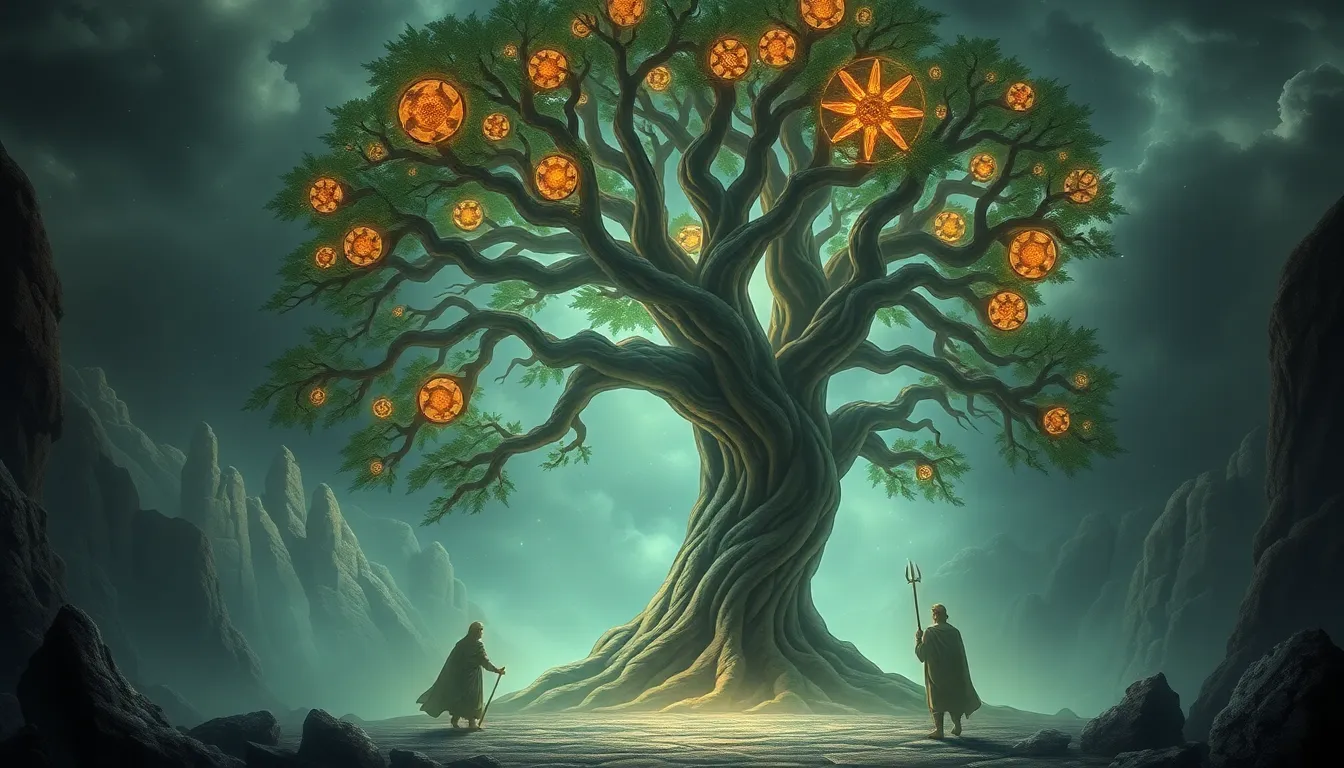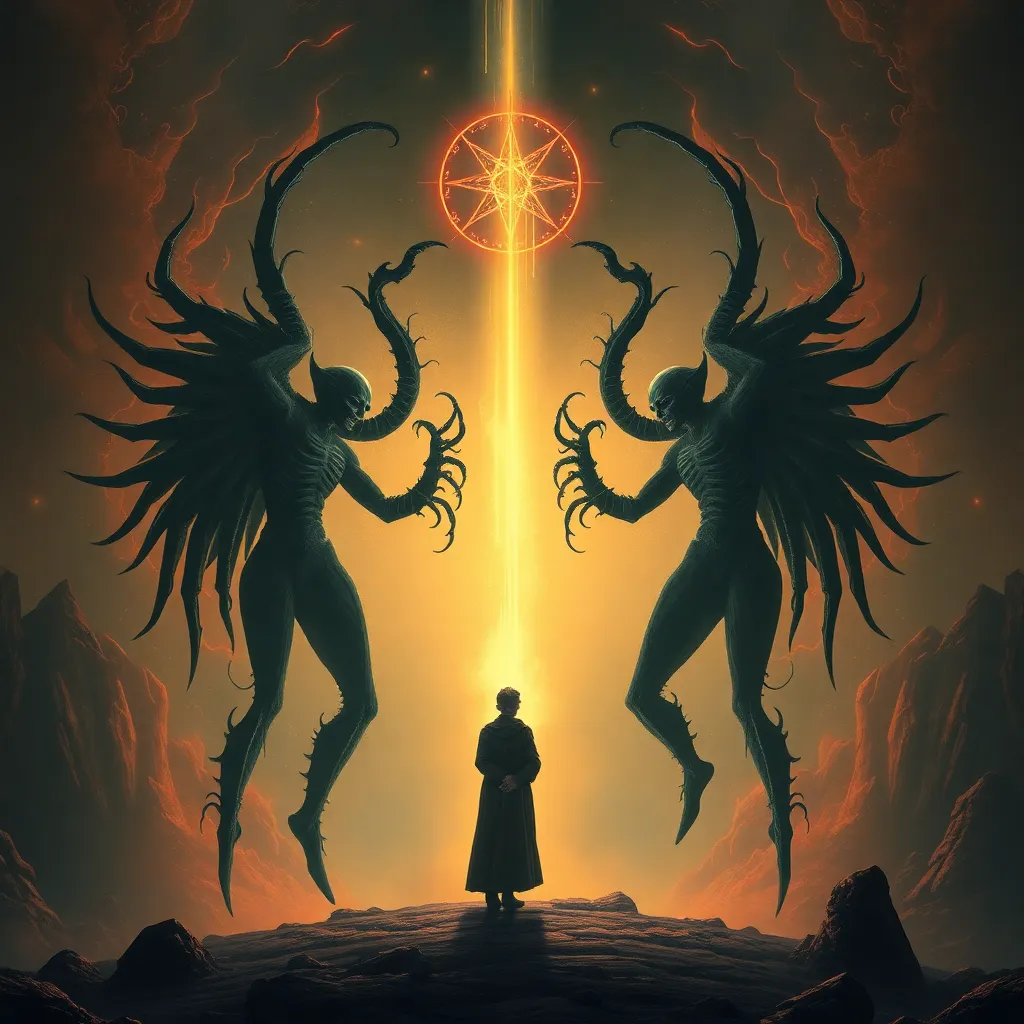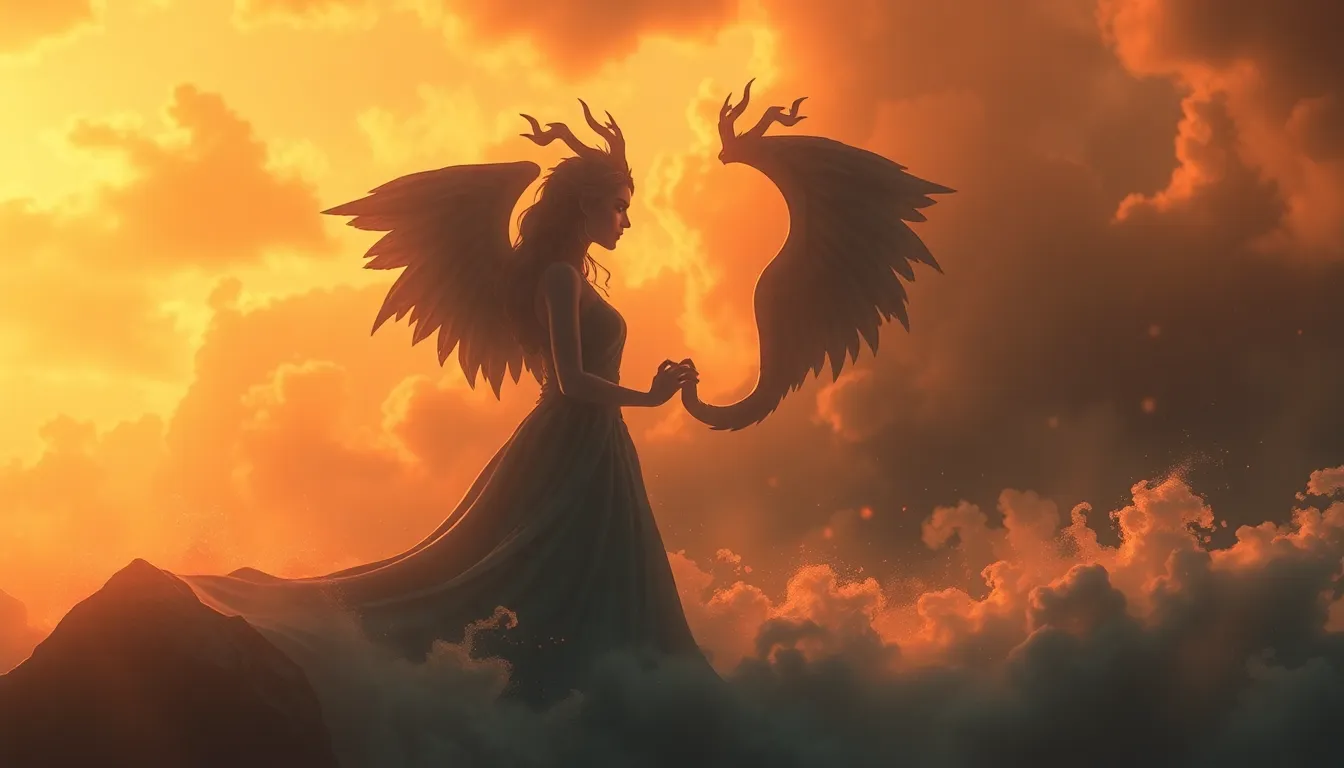The Tree of the Gods: Myths from Ancient Cultures
Introduction to the Tree of the Gods
The concept of the Tree of the Gods is a powerful and recurring theme found in various mythologies across the globe. These trees often symbolize life, growth, and a profound connection to the divine, serving as a bridge between the earthly realm and the spiritual one. In many cultures, these trees represent not just physical growth but also spiritual enlightenment and the interconnectedness of all beings.
This article aims to explore the significance of trees in mythology, focusing on the Tree of the Gods and its various incarnations. We will delve into different cultures, examining notable trees, their myths, and their impacts on human spirituality and culture. Through this exploration, we hope to uncover the universal themes that trees represent across diverse traditions.
The Universal Symbolism of Trees in Mythology
Trees have played a critical role in the mythologies of many cultures, often serving as symbols of:
- Life: Trees are living entities that grow and thrive, representing the cycle of life.
- Growth: The growth of a tree can symbolize personal and spiritual development.
- Connection: Trees often symbolize the connection between heaven and earth, linking the divine with the earthly.
In spiritual contexts, trees are frequently associated with various deities or as sacred entities themselves. For instance, many cultures perceive trees as guardians of wisdom, offering insights into the mysteries of existence. This spiritual lens through which trees are viewed highlights their importance in myth-making across diverse societies.
Yggdrasil: The World Tree of Norse Mythology
In Norse mythology, Yggdrasil is the immense and central sacred tree that connects the nine worlds. This ash tree is not merely a tree; it is a complex structure that holds the cosmos together. Yggdrasil is described as having roots that extend into various realms, including Asgard, the realm of the gods, and Hel, the realm of the dead.
Key myths associated with Yggdrasil include:
- The Norns: The three Norns, who are the fates, dwell by its roots and weave the destinies of gods and men.
- Odin’s Sacrifice: Odin hung himself from Yggdrasil for nine nights to gain wisdom, showcasing the tree’s role as a source of knowledge.
- The Dragon Nidhogg: A dragon gnaws at the roots of Yggdrasil, symbolizing decay and the balance of life and death.
The Bodhi Tree: Enlightenment and Spiritual Awakening in Buddhism
The Bodhi Tree holds a central place in Buddhism as the tree under which Siddhartha Gautama attained enlightenment and became the Buddha. This fig tree symbolizes the potential for every individual to achieve spiritual awakening.
Myths surrounding the Bodhi Tree emphasize its significance in the cycle of existence. Key aspects include:
- Spiritual Awakening: The moment of enlightenment is a pivotal event, highlighting the potential for transformation.
- Cyclical Nature: The tree’s life cycle mirrors the cycle of birth, death, and rebirth, a fundamental concept in Buddhism.
The Cosmic Tree in Mesoamerican Cultures
Mesoamerican cultures, particularly the Maya and Aztecs, revered the World Tree, often depicted as a giant ceiba tree. This Cosmic Tree was believed to connect the heavens, earth, and the underworld.
In these cultures, the Cosmic Tree played a crucial role in creation myths and the understanding of the universe:
- Creation Stories: The tree is often central to narratives explaining the origins of the world and humanity.
- Underworld Connection: It serves as a passage between the living and the dead, reinforcing the interconnectedness of all realms.
The Sacred Cedar: Myths of the Indigenous Peoples of North America
The cedar tree holds great significance for many Indigenous peoples of North America. It is often seen as a sacred gift from the Creator and is integral to various cultural practices and beliefs.
Some of the myths and cultural practices associated with cedar include:
- Healing Properties: Cedar is believed to have medicinal qualities and is used in traditional healing ceremonies.
- Spiritual Cleansing: The smoke from burning cedar is used for purification rituals, symbolizing the removal of negative energies.
The Tree of Life in Judeo-Christian Traditions
In Judeo-Christian traditions, the Tree of Life appears prominently in the Book of Genesis, located in the Garden of Eden. This tree represents eternal life and divine wisdom.
Key aspects of the Tree of Life include:
- Duality of Life and Death: The narrative of Adam and Eve highlights the consequences of disobedience, linking the tree to themes of mortality.
- Symbol of Redemption: In later interpretations, the Tree of Life symbolizes hope and the possibility of redemption.
The World Tree in African Mythologies
African mythologies also feature the concept of a World Tree, which varies among different cultures. These trees are often central to creation myths and the understanding of life.
Some notable themes include:
- Connection to Ancestors: The World Tree is seen as a link between the living and the ancestors.
- Source of Wisdom: Stories often depict the tree as a source of knowledge and guidance for the community.
Comparative Analysis of Tree Myths Across Cultures
Upon examining these various tree myths, several similarities and differences emerge:
- Similarities:
- Many cultures view trees as sacred and essential to life.
- Trees often symbolize the connection between different realms of existence.
- Differences:
- Specific attributes and powers assigned to trees vary by culture.
- Myths reflect the unique environmental and social contexts of each culture.
The psychological and social roles that trees play in myth-making illustrate their importance in shaping human understanding of the world and our place within it.
Conclusion: The Enduring Legacy of Tree Myths
The myths surrounding trees, particularly the Tree of the Gods, continue to influence modern spirituality and cultural practices. As humankind faces environmental challenges, these ancient narratives remind us of the importance of nature, interconnectedness, and the sacredness of life.
Understanding the relevance of these tree myths can inspire a deeper appreciation for our environment and encourage efforts toward its preservation. The legacy of tree myths endures, speaking to the timeless relationship between humans and the natural world.




